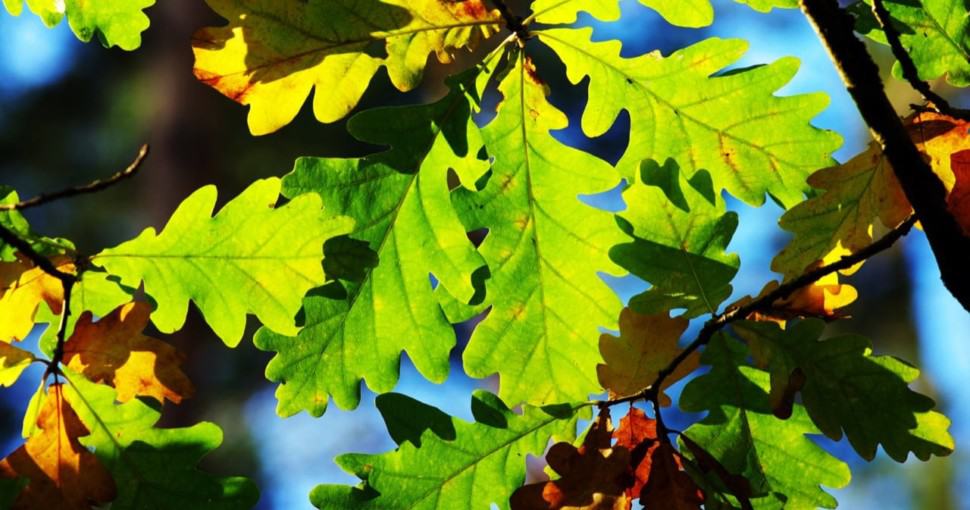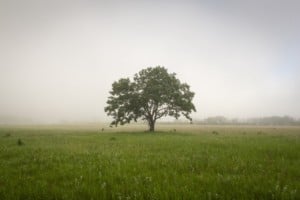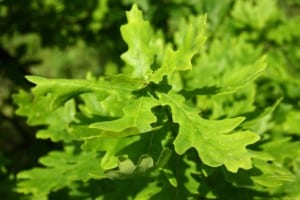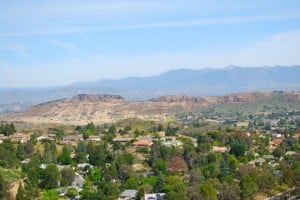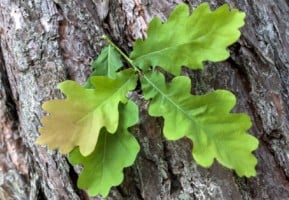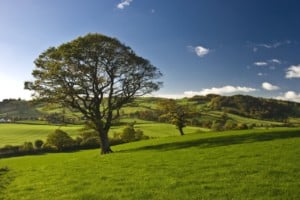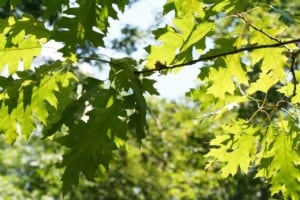Are you looking to diversify your property in Massachusetts with hardy, attractive trees? Well, you cannot do better than various kinds of Oak species that will attract varied wildlife to your backyard. Read on to discover the different types of Oak trees in Massachusetts that you can plant in your home!
Contents
Massachusetts is home to many varied types of Oak trees, including Northern Red Oak, White Oak, Black Oak, and Swamp White Oak. It also grows Kousa Dogwood, Eastern Redbud, Prairifire Flowering Crabapple, other flowering trees, and other many other common trees.
The state mainly experiences a humid continental climate year-round, with hot, humid summers, cold, snowy winters, and abundant precipitation. Moreover, Massachusetts is blessed with a versatile landscape with beautiful plains, gentle hills, streams, rising mountains, and other striking landforms. Since Oak trees are generally pretty hardy specimens, they quickly grow in different soils and climate conditions throughout the state.
There are about 300 types of Oak trees growing throughout the world. Some of these varieties are evergreen, but most Oak species are deciduous with stunning fall foliage. All of them belong to the Quercus species. Most Oaks feature durable hardwood that timber manufacturers use to make traveling vessels, furniture, basket weaves, and musical instruments.
Even though most Oak trees can survive harsh conditions, drought, and wet soils, they can live up to 200 to 300 years in ideal growing conditions. Some of these species can even grow up to be 1000 years old. All Oaks grow chestnut, copper, or brown acorns with flat, cup-like, scaly, and, at times, most cups.
These acorns attract different types of wildlife, including cows, squirrels, raccoons, ducks, deer, bears, birds, and more. With that said, most oak varieties don’t grow prolific fruits until they are 20 to25 years old.
Here are the types of Oak Trees that you can grow in Massachusetts:
1. Shingle Oak (Quercus Imbricaria)
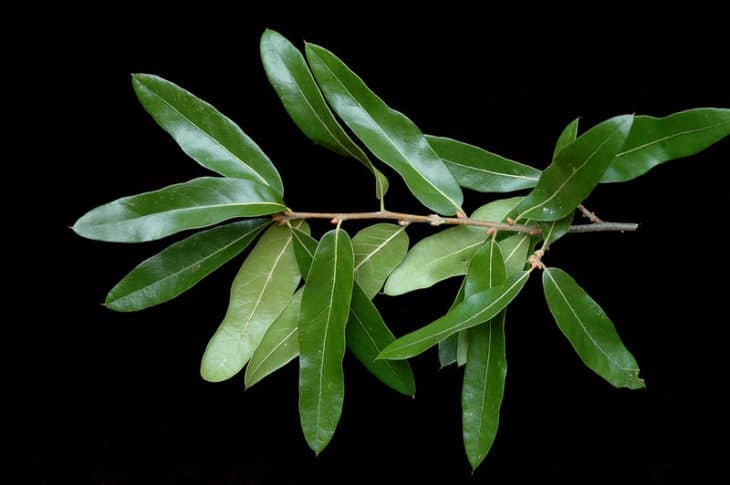
Shingle Oak is a type of Red Oak tree with willow-like leaves. This handsome Oak has an attractive branching, shade-providing, pyramidal crown, and ridged bark. Due to its strong wood, Shingle Oak is storm-resistant. This easy-to-grow, drought-tolerant tree thrives in rich, acidic, moist soils and full sun.
Native to eastern and central North American rich woods, Shingle Oak features dark green, shiny leaves that turn russet-red to yellow-brown in fall. It grows up to a height of 50 to 60 feet and is about 100 feet in the wild. This tree features tiny acorns with reddish-brown scales and pendulous, yellow-green catkins.
2. White Oak (Quercus Alba)
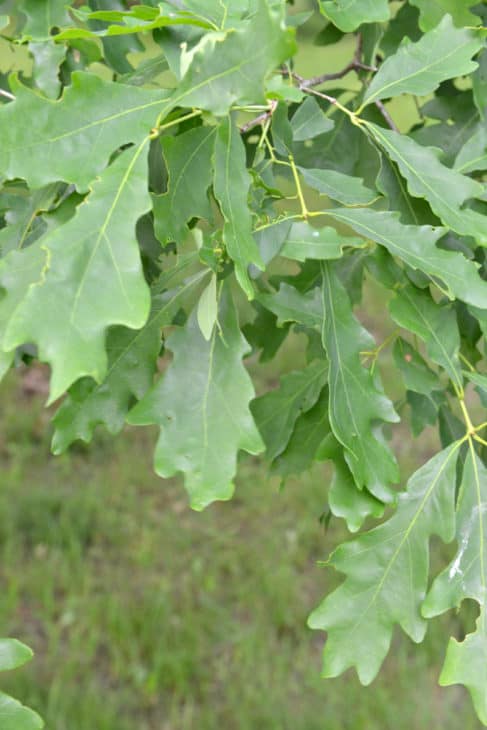
White Oak is a large, imposing 50 to 80 feet tall specimen with a short, stocky trunk with scaly, light ashy gray, furrowed bark, and massive horizontal branches. The wide-spreading figure forms a broad-rounded, upright crown. White Oak is an eastern and central North American native hardwood tree.
It features dark green to slightly blue-green, lobed, deciduous leaves that turn attractive shades of wine-red, brown, or orange-red in fall. This tree grows monoecious, non-showy, yellowish-green, spring flowers that give way to oval-shaped, brown-hued acorns with saucer-like, flat, scaly cups. White Oaks thrive in full sun and rich, moist, deep, free-draining soils.
3. Bear Oak (Quercus Ilicifolia)
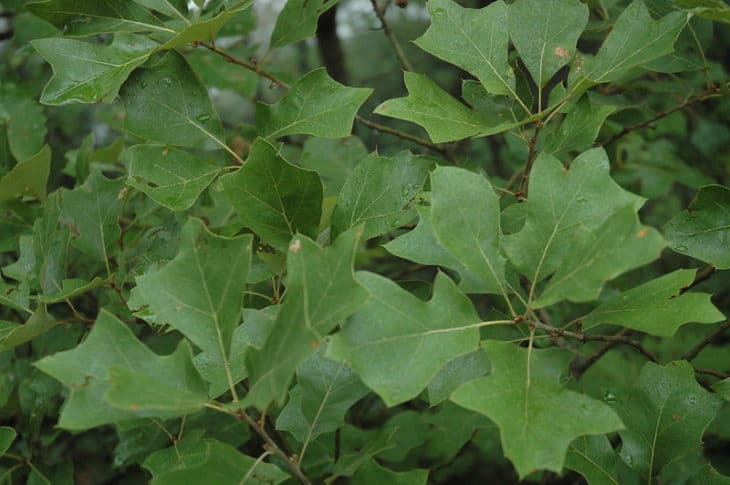
Native to the North American east coast, Bear Oak is a small Oak Tree or shrub with a maximum growth of 12 to 20 feet. Named Bear Oak due to its bitter acorns that attract bears, this gnarled tree grows in shrubby areas, woodlands, and thickets.
Bear Oak features lobed, holly-like, leathery, bristle-tipped, lobed, glossy green leaves with silvery, hairy undersides. It develops fiery orange and purplish-red fall foliage. This tree yields dry, split-resistant acorns that attract wild turkey, squirrels, deer, and bears.
4. Swamp White Oak (Quercus Bicolor)
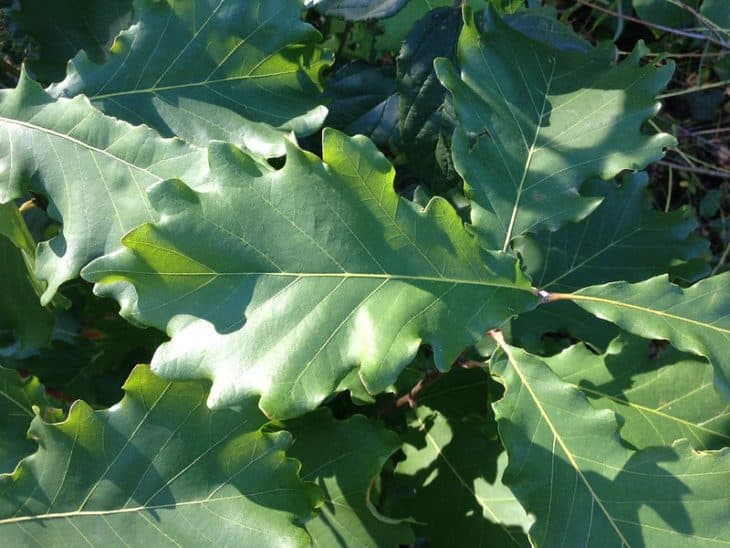
As suggested by the name, Swamp White Oak grows in swampy and low-lying areas, such as river banks and moist bottomlands. This drought-resistant and wide-spreading tree is an excellent shade-providing specimen that can live up to 300 years. It grows up to a height of 50 to 60 feet and has a similar spread with a rounded shape.
Swamp White Oak grows dark green, deciduous, leathery, shiny, large, blunt-edged leaves with silvery-white undersides. Its foliage turns red-purple, yellow, and bronze in fall. It yields monoecious, non-showy, sprung flowers that give way to oblong or elliptic acorns. Swamp White Oak thrives in acidic, free-draining, acidic soils in sunlit spaces. It might experience chlorosis if the soil is not acidic.
5. Pin Oak (Quercus Palustris)
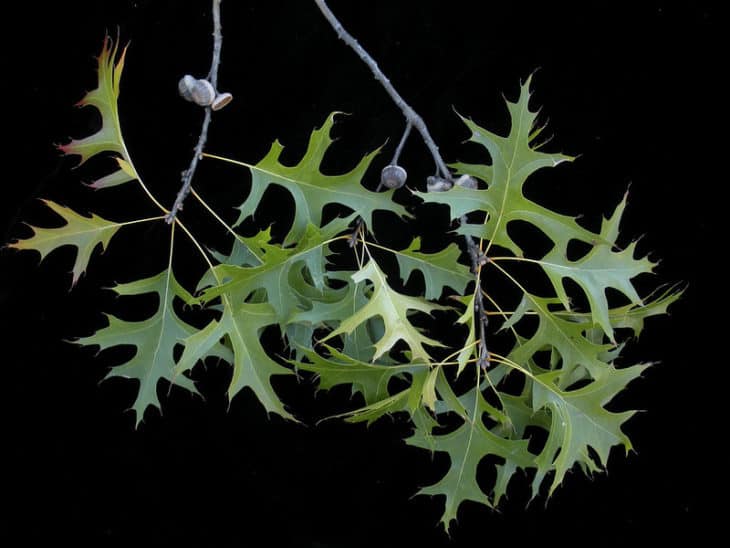
Pink Oak grows a dense, pyramidal crown that offers ample shade. It features a single, central trunk and dark green, glossy, lobed leaves that turn red, bronze, or russet in fall. This fast-growing tree also yields large, yellow-green catkins that feature monoecious blooms. It has a distinct branching pattern with vertical and horizontal branches.
Pin Oak is also known regionally as Water Oak, Swamp Oak, or Swamp Spanish Oak because of its tolerance for wet conditions. It gets its primary name from its rigid, short, pink-like branchlets growing along its limbs. This tree yields tiny, rounded acorns with thin, saucer-like, scaly cups that attract ducks, songbirds, squirrels, white-tailed deer, and wild turkeys. It grows up to a height of 50 to 70 feet.

